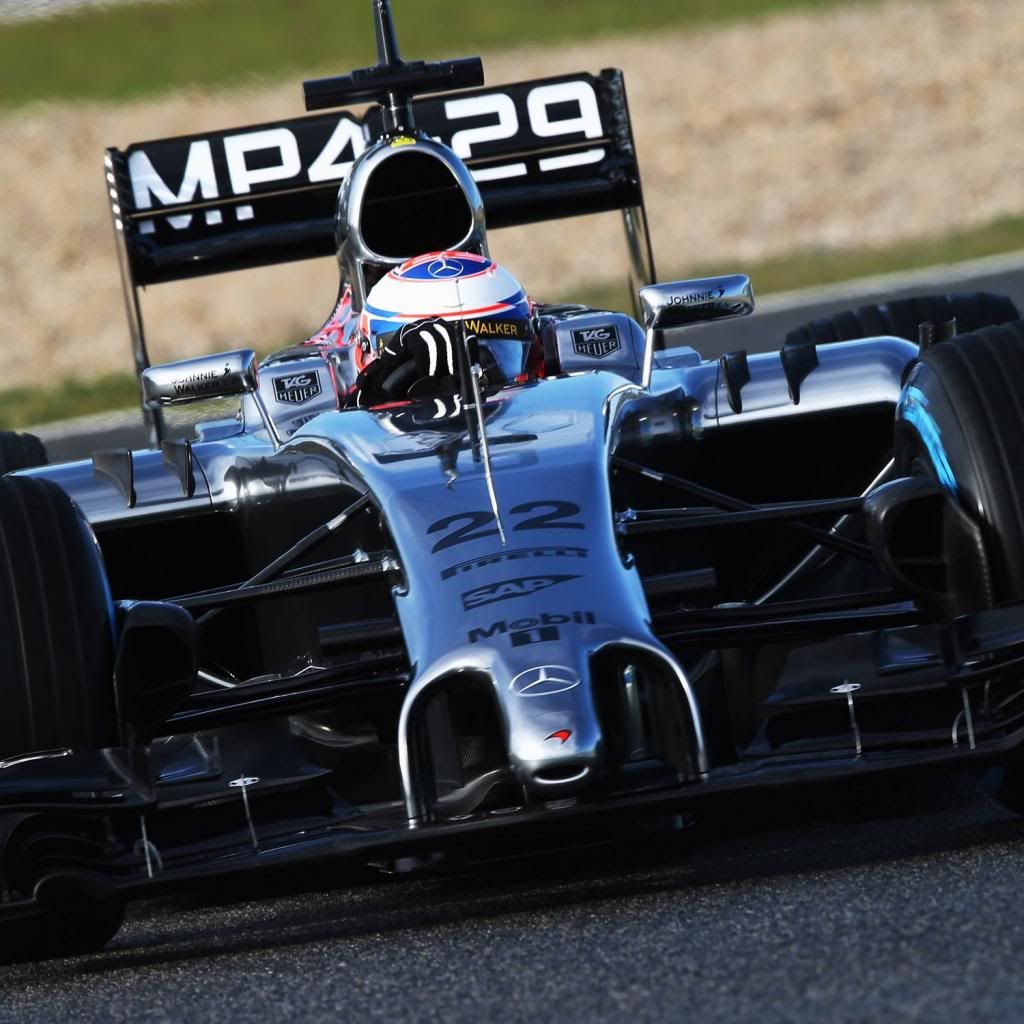Hey all. This isn't a thread about Renault etc being down on power. This is calling to question if the Merc is really that good. Most of these assumptions are based on last year's data, with Brawn, Findia and MacMercs in the field. But if we look at the data, we had a slippery Findia, a KERS-equipped MacMerc, and an excellent all-rounder Brawn car.
We've seen this year how Findia just breezed past the Merc GP cars in Spa, and the Macca could be just plain fast because of their f-duct which is fully tuned and optimised, working excellently.
What are your takes on this?
- Login or Register
No account yet? Sign up

